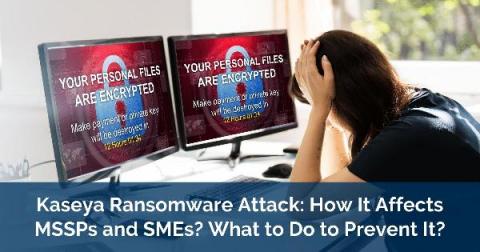The Top 14 Free and Open Source SIEM Tools For 2021
Security Information and Event Management (SIEM) is a combination of Security Information Management (SIM) and Security Event Management (SEM). A SIEM solution provides real-time analysis of security alerts generated by applications and networks. SIM is the collection, monitoring and analysis of security-related data such as log files into a central repository for trend analysis.











